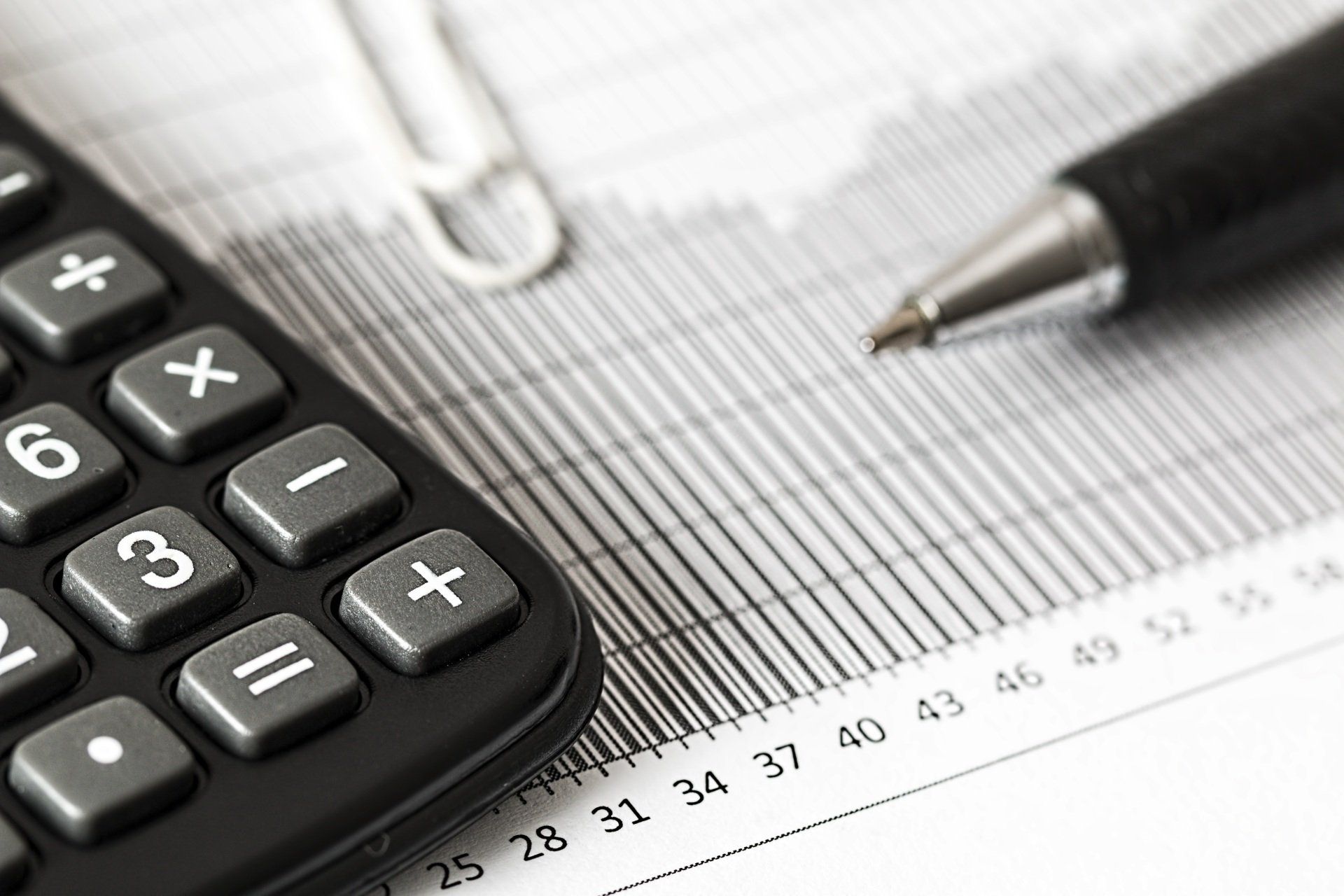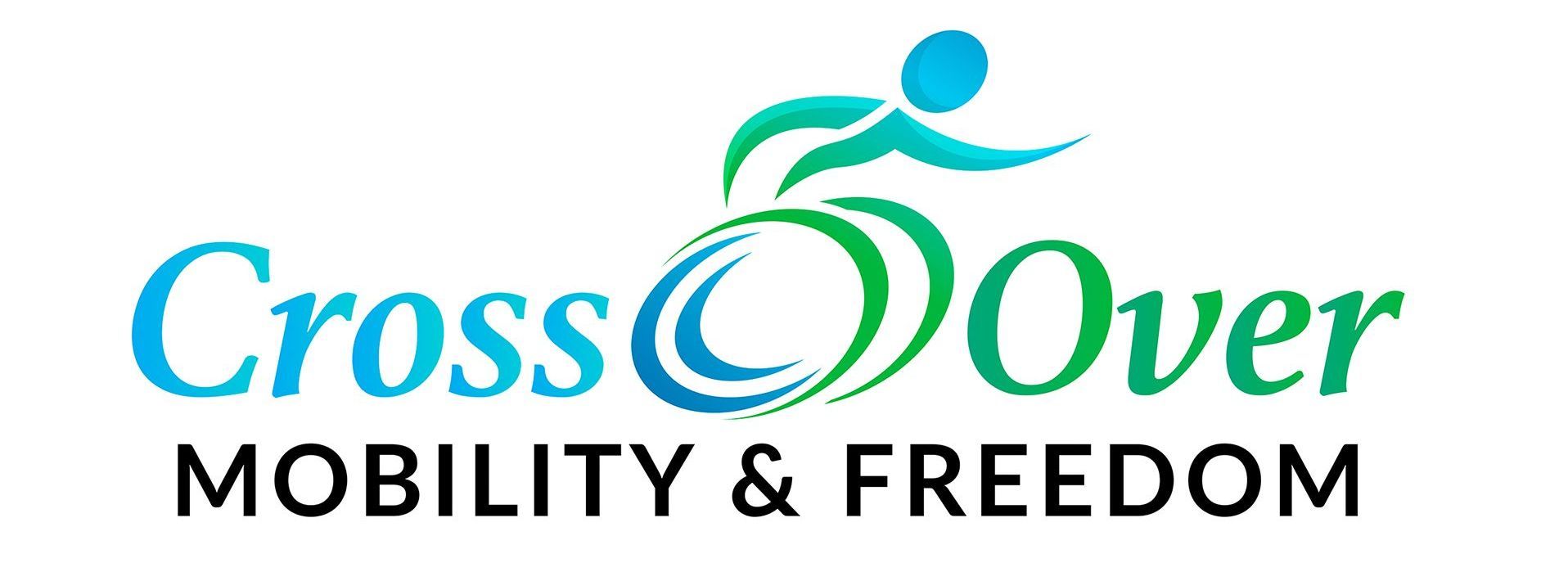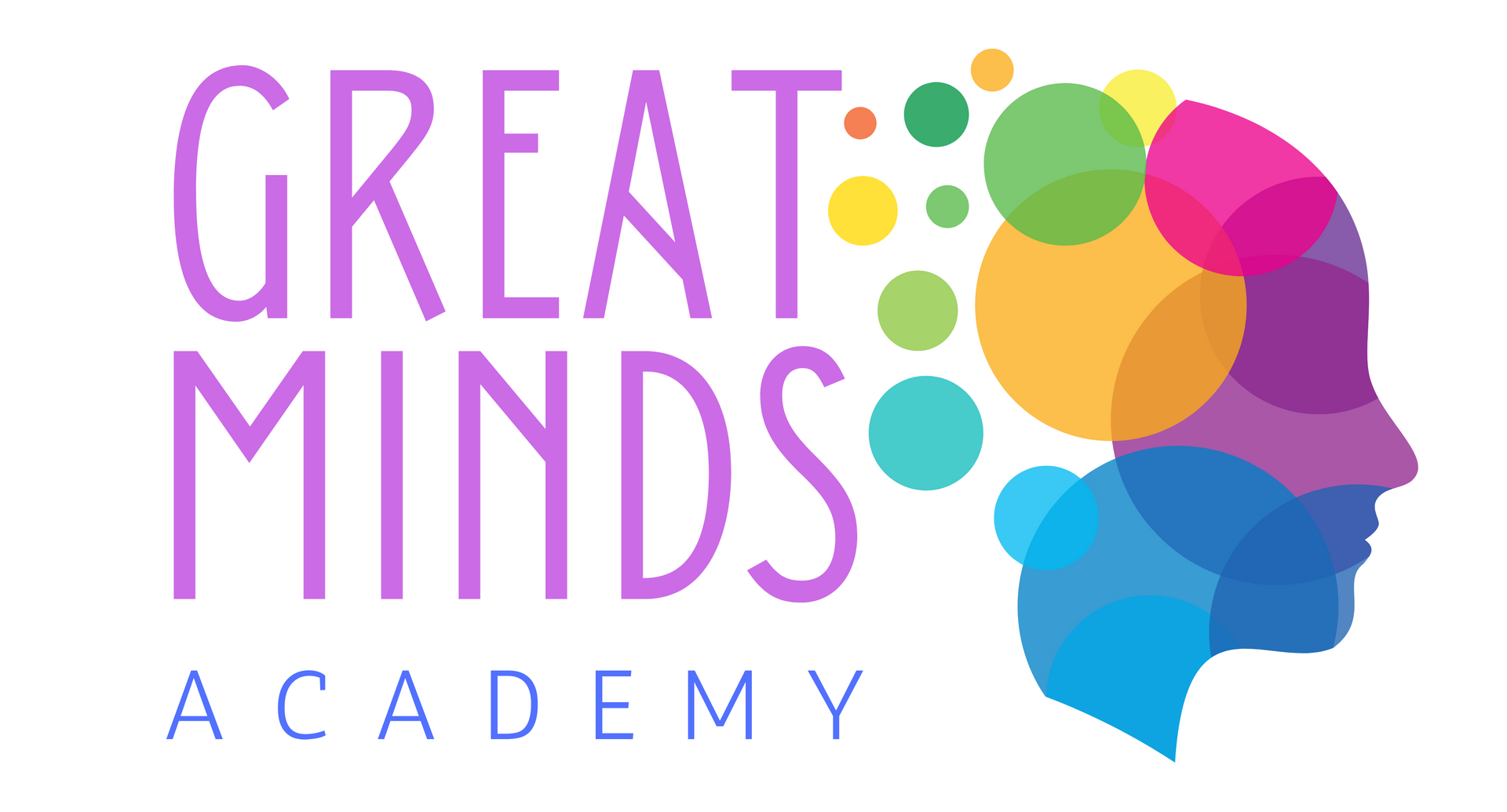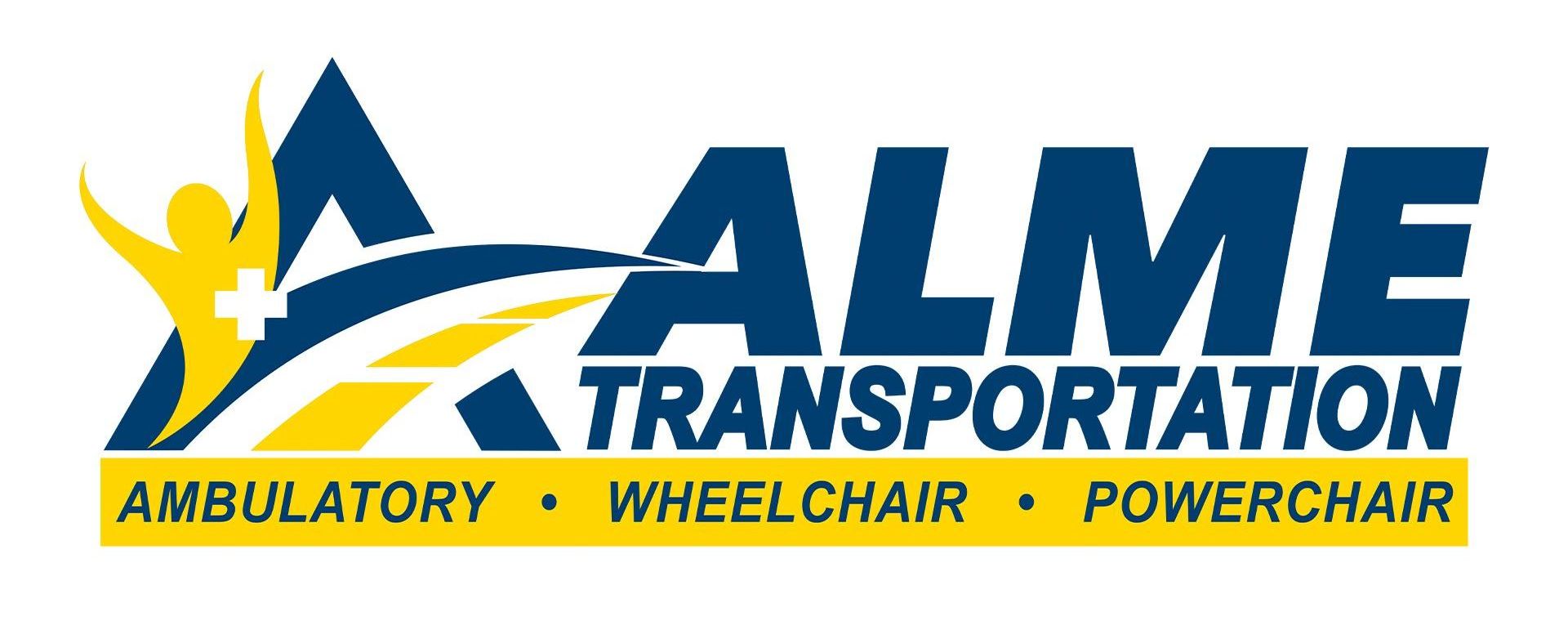Setting the Stage for Success: Things to Discuss with Your Web Designer Before Starting a Project
Embarking on a web design project is an exciting endeavor that can elevate your online presence and drive success for your business or brand. However, effective communication with your web designer is essential for ensuring that your vision is translated into a website that meets your needs and exceeds your expectations. Before diving into the design process, here are some important things to discuss with your web designer to set the stage for a successful project.

1. Define Your Goals and Objectives:
Start by clearly defining your goals and objectives for the website. What do you hope to achieve with the new website? Are you looking to increase brand awareness, generate leads, drive sales, or provide information to your audience? By understanding your goals, your web designer can tailor the design and functionality of the website to align with your overarching objectives.
2. Identify Your Target Audience:
Understanding your target audience is key to creating a website that resonates with your visitors and drives engagement. Provide your web designer with insights into your target demographic, including their preferences, behaviors, and expectations. This information will inform design decisions and help ensure that the website effectively communicates your message to your audience.
3. Discuss Branding and Visual Identity:
Your website should reflect your brand identity and communicate your brand's values and personality effectively. Share your brand guidelines, including logos, color schemes, typography, and imagery preferences, with your web designer. This will ensure consistency across all marketing channels and help reinforce your brand's identity and messaging.
4. Outline Functional Requirements:
Consider the specific functionality you need your website to have to support your business goals. Do you require e-commerce capabilities, a blog, contact forms, or integration with third-party tools or platforms? Clearly outline your functional requirements and discuss them with your web designer to ensure that the website is equipped with the necessary features to meet your needs.
5. Provide Content and Assets:
Content is king when it comes to web design, so it's essential to provide your web designer with high-quality content and assets to populate the website. This includes text, images, videos, product descriptions, and any other multimedia elements you want to include. Collaborate with your web designer to ensure that the content is organized effectively and presented in a way that enhances the user experience.
6. Establish Timelines and Budget:
Set clear timelines and budget parameters for the project to ensure that expectations are aligned from the outset. Discuss deadlines for key milestones, such as design concepts, revisions, content submission, and launch. Be transparent about your budget constraints, and work with your web designer to prioritize features and functionality accordingly.
Conclusion
In conclusion, effective communication with your web designer is essential for ensuring the success of your web design project. By discussing your goals, target audience, branding, functional requirements, content, timelines, and budget before starting the project, you can provide your web designer with the information and guidance they need to create a website that exceeds your expectations and delivers tangible results for your business or brand. So, take the time to communicate openly and collaboratively with your web designer, and set the stage for a successful and impactful website that reflects your vision and drives success online.
Make sure to visit our partner pages for any help you may need:
LakeLand Blog










